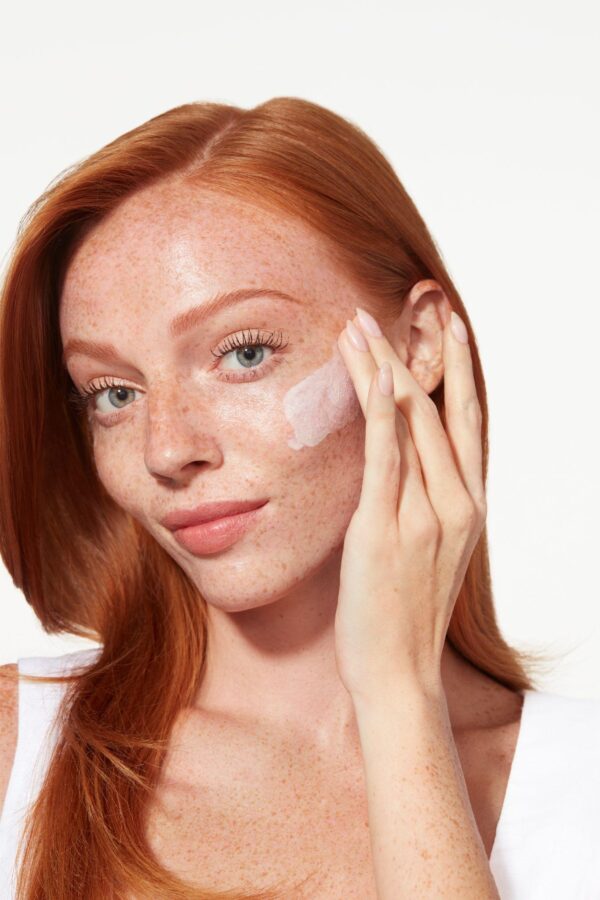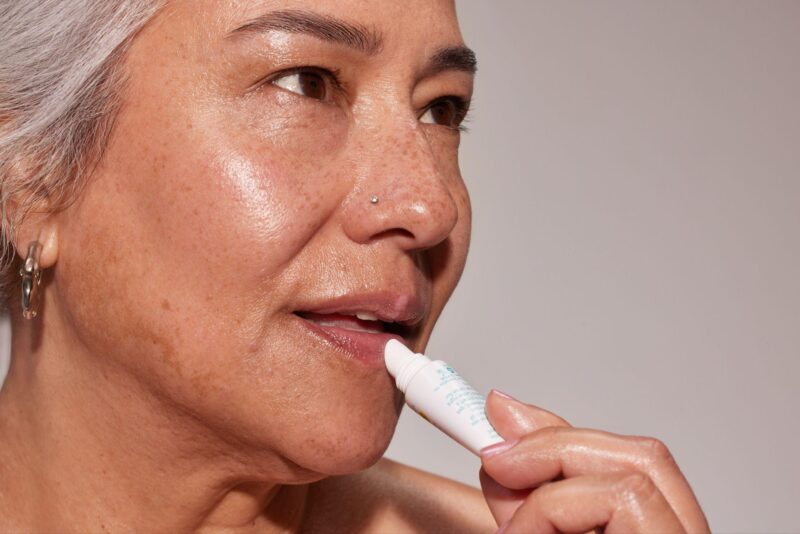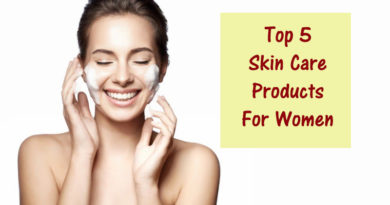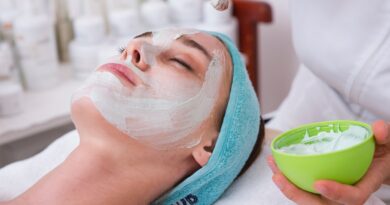Protecting Your Skin with SPF: Myths and Facts
One skincare product that should never be overlooked in your routine is sunscreen. An SPF (Sun Protection Factor) protects your skin from harmful ultraviolet rays. There are two main types of UV rays: UVA and UVB. UVA rays can cause premature aging, resulting in wrinkles and age spots, while UVB rays can burn your skin. Note that both types of UV rays can cause skin cancer, so you’re going to want to apply it on a daily basis.

While you may not think about it when basking in its glory while enjoying the great outdoors, sun exposure is a major factor in aging skin. It speeds up the breakdown of collagen and elastin fibers, resulting in wrinkles and loss of elasticity. It also contributes to pigmentation changes, such as age spots and uneven skin tone.
While SPF is essential for skin health, there are myths and facts about how it works. Let’s dive into the topic, as sun protection is relevant regardless of whether the sun is shining—yes, you even need to wear it on cloudy, rainy days, friends!
Understanding SPF
SPF measures how well a sunscreen protects your skin from ultraviolet (UV) rays, specifically UVB rays, which are the leading cause of sunburn and skin cancer. Sunscreens with SPF contain ingredients that either absorb, reflect, or scatter UV rays. These ingredients prevent the UV rays from penetrating your skin and causing damage.
The SPF number indicates the level of protection a sunscreen provides. For example, SPF 30 means you can theoretically stay in the sun 30 times longer without burning compared to not wearing sunscreen. However, this doesn’t mean you’re entirely protected; it just means you’ll burn more slowly. The difference between SPF 30 and SPF 50 is relatively small in terms of the percentage of UVB rays blocked. SPF 30 blocks about 96.7% of UVB rays, while SPF 50 blocks about 98%.
For most people, SPF 30 provides sufficient protection if applied correctly and reapplied regularly. Higher SPFs benefit people with fair skin, skin issues like eczema, or those exposed to intense sun.
Common Myths About SPF
Sunscreen is a must in anyone’s skincare routine regardless of type, so don’t let these common myths keep you from protecting your skin.
Myth Number 1. SPF Products are Too Heavy and Clog Pores
The idea that SPF products clog pores is a common concern, but it’s not necessarily true for all products. Modern, quality sunscreens are formulated with various ingredients, many of which are non-comedogenic, meaning they are less likely to clog pores.
Myth Number 2. Any Lip Balm Will Protect Your Lips From the Sun
Hey, it’s great that you’re using lip balm! But here’s the thing: SPF lip balm is essential because your lips can get sunburned like anywhere else on your face and body. The skin on your lips is thinner, fragile, and prone to dryness, making it more susceptible to damage from the sun’s harmful rays. Using an SPF lip balm helps protect your lips from sunburn, premature aging, and even skin cancer.

Myth Number 3. SPF Primer Plus SPF Foundation Equals Double the SPF coverage
The idea that combining, for example, a primer with SPF 30 with an SPF 20 foundation results in SPF 50 coverage is a common misconception. SPF values don’t add up in this way. Instead, the protection offered by sunscreen and foundation is more complex. When you layer products with SPF, you don’t get a simple additive effect. The total level of protection depends on how well the products work together and how much of each is applied. The coverage provided by the combined products is generally closer to the SPF value of the product with the highest SPF, but it won’t be as high as that number suggests.
For effective sun protection, it’s crucial to apply enough product and reapply it regularly, especially if you’re sweating, swimming, or wiping your face. Simply layering different SPF products doesn’t guarantee you’re getting the full benefit of each.
Myth Number 4. People with Darker Skin Tones Don’t Need a CC Cream with SPF
If you have darker skin, don’t dismiss the need to use a CC cream with SPF! CC stands for “color correction,” so these creams often have pigments that help neutralize skin redness, sallowness, or other discolorations regardless of skin tone or color. They help even out skin tone, brighten, provide coverage without heaviness, and are offered in a variety of shades! The SPF factor in some CC creams also helps those with dark skin prevent hyperpigmentation, premature aging, and overall skin health.
Myth Number 5. Is Makeup with SPF is Enough to Protect Your Skin All Day
For optimal protection, it’s best to use a dedicated sunscreen with an SPF of 30 or higher as a base layer before applying makeup. You can then use makeup with SPF as an additional layer of protection but don’t rely on it alone. Here’s why:
- Amount Used: For SPF in makeup to be effective, you need to apply it in the recommended amount, which is usually more than what you’d typically use for makeup purposes. Most people don’t apply enough foundation or powder to achieve the full SPF benefit.
- Reapplication: Sunscreen must be reapplied every two hours, especially if you’re sweating or swimming. Makeup with SPF doesn’t typically allow for reapplication without disrupting your look.
- Coverage and Formulation: The SPF in makeup might not provide even coverage or the same level of protection as a dedicated sunscreen. Some makeup products offer broad-spectrum protection, but it’s crucial to ensure that the SPF is high enough and the product provides the necessary coverage.

While sunscreen is a vital part of your skincare routine, remember that no sunscreen can provide 100% protection. For the best results, reapply sunscreen every two hours or more often if you’re sweating or swimming in order to maintain protection. Up the ante by wearing protective clothing, sporting a wide-brimmed hat, and rocking your favorite pair of sunnies.



